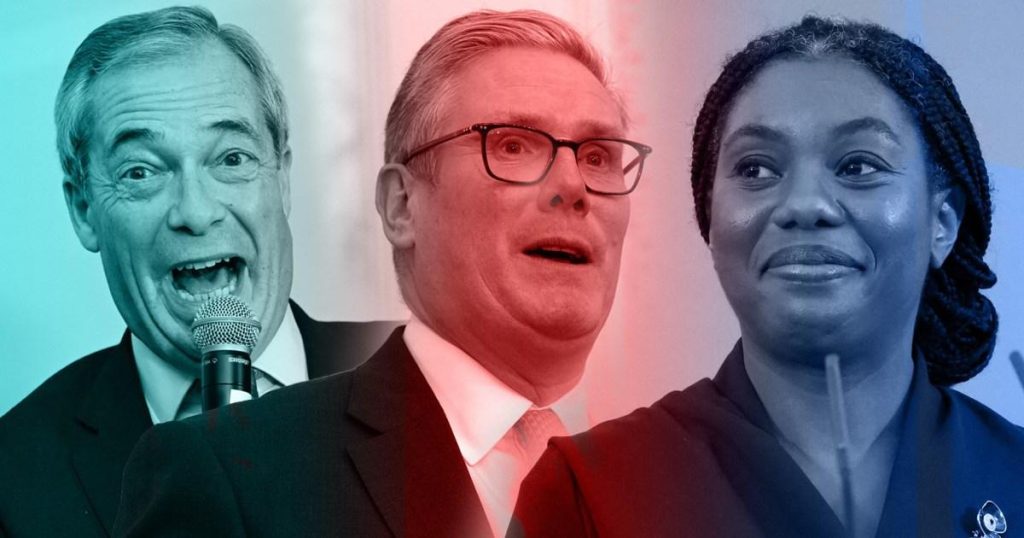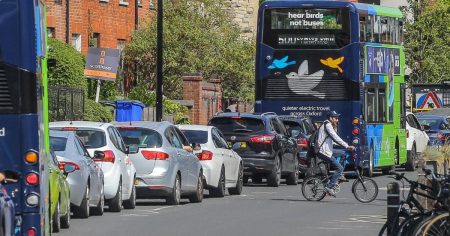A Shifting Political Landscape: Labour’s Projected Decline and the Rise of Reform UK
A recent mega-poll has painted a bleak picture for the Labour Party, forecasting a significant loss of seats if a general election were held today. Despite their landslide victory just six months prior, the poll suggests Labour could lose approximately 200 seats, falling short of a majority and resulting in a hung parliament. This dramatic shift in projected outcomes underscores the volatile nature of public opinion and the challenges facing Keir Starmer’s leadership. The analysis, published in The Sunday Times, indicates that Labour would secure the most seats but with barely a third of the total, insufficient to form a government. This projection fuels speculation and discussion regarding the future of British politics and the potential for another general election. The poll’s findings have undoubtedly added to the growing calls for a fresh election, with a recent petition garnering over three million signatures.
Reform UK’s Surprising Ascent and the Implications for Traditional Parties
The poll identifies Reform UK, formerly the Brexit Party and now led by Nigel Farage, as the primary beneficiary of Labour’s projected decline. Reform UK is predicted to win 72 seats, a remarkable increase from their current five. This surge in support, bolstered by an implied vote share of 21%, positions Reform UK as a serious contender, trailing closely behind Labour and the Conservatives, who are projected at 25% and 26% respectively. This development highlights a potential fragmentation of the political landscape, with Reform UK potentially drawing support from both traditional parties. The rise of Reform UK could disrupt the established two-party system, forcing both Labour and the Conservatives to reassess their strategies and appeal to a changing electorate. The backing of high-profile figures like Elon Musk further adds to Reform UK’s momentum, potentially enhancing their credibility and reach.
Challenges for Labour and the Conservatives: Navigating a Volatile Electorate
The poll’s projections present significant challenges for both Labour and the Conservatives. While Labour faces the prospect of a substantial loss of seats, raising questions about their current political strategy and leadership, the Conservatives, despite potential gains, are still projected to fall short of a majority. The findings suggest that neither party has a firm grip on the electorate, indicating a level of dissatisfaction with the current political climate. This situation creates an opportunity for smaller parties like Reform UK to capitalize on this uncertainty and attract disillusioned voters. The potential for a hung parliament further complicates matters, making it difficult to form a stable government and implement coherent policies. Both major parties will need to address the concerns of voters and adapt to the changing political landscape to regain public trust and secure a more decisive mandate in the future.
The Impact of ‘First Past the Post’ and the Potential for Electoral Headaches
The poll’s results underscore the inherent challenges posed by the UK’s ‘first past the post’ electoral system, which can disproportionately favor certain parties and misrepresent the true sentiment of the electorate. In this case, even though Labour is projected to win the most seats, their projected vote share is only slightly higher than the Conservatives and significantly lower than the combined projected vote share of Reform UK, the Liberal Democrats, and other smaller parties. This discrepancy highlights the potential for a party to form a government without the explicit support of a majority of voters. This situation could lead to further political instability and undermine the legitimacy of the government, potentially exacerbating public discontent and calls for electoral reform. The need for a party to secure over half the available seats to form a stable government presents a significant hurdle, particularly in a fragmented political landscape, paving the way for potential electoral dilemmas in future elections.
Detailed Breakdown of Projected Seat Distribution and the Volatility of Predictions
The detailed breakdown of the projected seat distribution paints a stark picture of the potential shifts in power. Labour is predicted to fall from 412 seats to 228, the Conservatives to rise from 121 to 222, Reform UK to surge from 5 to 72, the Liberal Democrats to drop from 72 to 58, the Scottish National Party to climb from 9 to 37, and Independents to increase from 6 to 8. These figures, while based on a substantial sample size of over 11,000 people surveyed by the think tank More in Common, should be interpreted with caution. The dynamic nature of political preferences and the potential for unforeseen events between now and the next general election introduce a degree of uncertainty into these projections. Furthermore, some seats remain too close to call, adding another layer of complexity to the forecast. Therefore, these projections should be viewed as a snapshot of current sentiment rather than a definitive prediction of future outcomes.
The Significance of Voter Turnout and the Need for Renewed Engagement
The relatively low voter turnout of around 60% in the last general election highlights a concerning trend of declining political engagement. While Labour secured a significant victory in terms of seats, the lower turnout suggests that their win may not have been driven by widespread enthusiasm. This apathy poses a challenge for all political parties, as it indicates a potential disconnect between the electorate and the political system. It emphasizes the need for parties to reconnect with voters, address their concerns effectively, and inspire renewed interest in the political process. Increasing voter turnout is crucial for ensuring a healthy democracy and a government that truly represents the will of the people. The challenge for all parties moving forward will be to inspire greater participation and rebuild trust in the political system.











